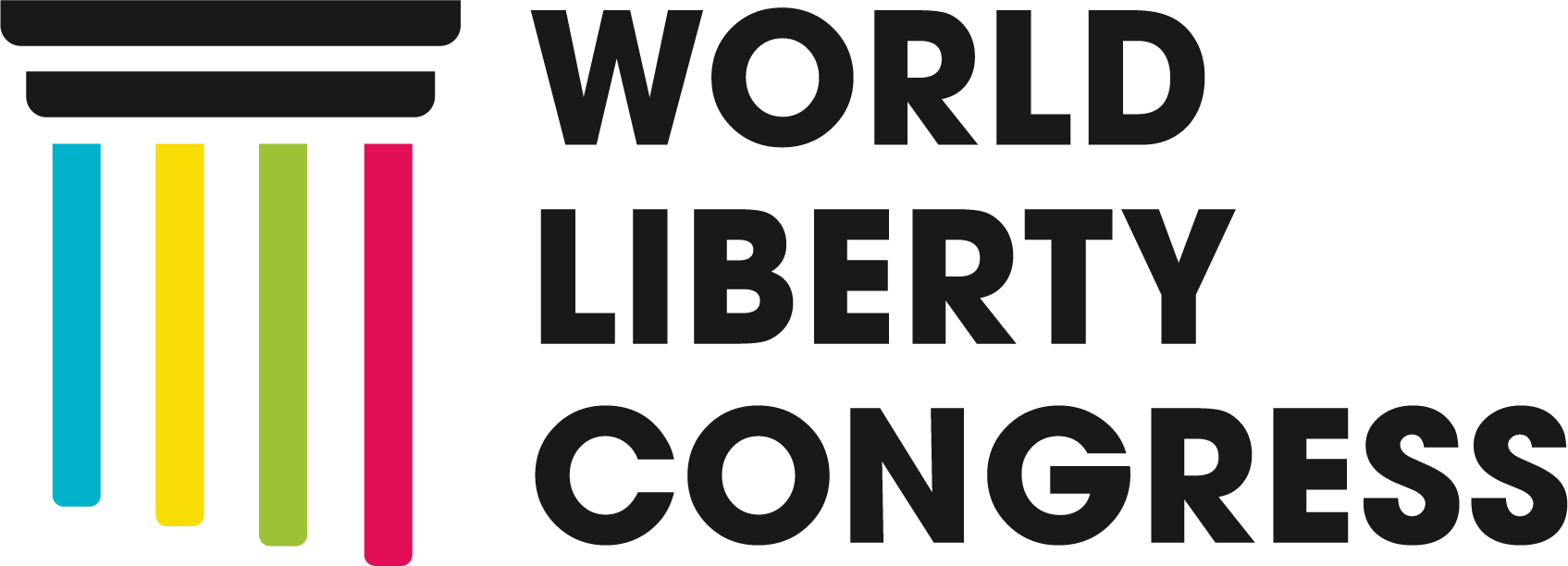By Felix Maradiaga, Leadership Council member.
While many of us gathered this week in Washington for the AI+ Expo 2025 to explore the double-edged nature of technology in today’s world, something extraordinary was unfolding just 90 miles south of Florida: Cuban university students staged a national protest against a sudden spike in internet fees imposed by the state-run telecom monopoly, ETECSA.
At first glance, it might seem like a dispute over pricing. It’s not. It’s a powerful stand against a system that has long treated information as a threat, rationed access to the internet like food or medicine, and weaponized digital isolation as a tool of control.
What’s happening in Cuba is not just about connectivity—it’s about freedom, and even more so, about resistance. It reflects the very themes we were invited to explore through the World Liberty Congress Academy (WLC Academy) during the AI+ Expo: technology can entrench authoritarianism—or help dismantle it.
A Long Road to Digital Resistance
This student uprising didn’t come out of nowhere. It is the latest step in a long, quiet digital awakening in Cuba. In the early 2010s, bloggers like Yoani Sánchez cracked open the regime’s monopoly on truth with nothing more than a dial-up connection and a keyboard. Others followed.
I vividly remember how, in 2012, the organization I lead—the Foundation for the Freedom of Nicaragua—launched its first international solidarity project by sending mobile phones, USB drives, and laptops to Cuba. It was a small gesture, but a deeply symbolic one. We believed then, as we do now: access to information is the first act of freedom.
Cuba’s digital dissent echoes the experience of my own country. The 2018 civic uprising in Nicaragua didn’t happen in a vacuum—it was the result of years of work in digital literacy and civic tech. Initiatives like Movimiento por Nicaragua, Nicaragua 2.0, OcupaInss, Misión Bosawás, and the Institute for Strategic Studies and Public Policy (IEEPP)—with platforms like COINCIDE and INNOVA—prepared a generation to mobilize securely, speak up creatively, and be seen globally. When protests erupted, they weren’t just in the streets. They were livestreamed to the world.
Authoritarianism at the Speed of Code
Repressive regimes have learned from each other. And they’ve adapted—quickly.
In Nicaragua, the Russian-made surveillance system SORM was installed inside the Managua mayor’s office, coordinated by political operative Fidel Moreno, and integrated with TELCOR, the national telecom regulator. It gives the regime real-time access to calls, messages, emails—no warrant required.
In China, Uyghurs are automatically flagged by facial recognition systems simply for being who they are. In Iran, AI-powered vision systems identify and punish women for not wearing a hijab in public. This is the new authoritarian playbook: silent, seamless, digital control.
But if autocrats are innovating—so are those who resist.
At the AI+ Expo, my wife and colleague Berta Valle, co-founder of the World Liberty Congress, shared how Bitcoin has become a lifeline for pro-democracy organizations facing financial repression—when banks freeze their accounts or states criminalize dissenting donations. Through our Tech for Freedom program at the WLC Academy, we train activists to encrypt communications, bypass censorship, use decentralized networks, and deploy technology to protect lives and preserve hope.
Other WLC members like Masih Alinejad (Iran), Ammar Abdulhamid (Syria), Nikola Ilić (Serbia), and Mario Félix Lleonart (Cuba) also shared powerful examples of how technology—far from being a neutral tool—is already a front line in the global battle between repression and democracy.
In my own main stage panel, I emphasized this very point:Technology is neutral only in theory. In practice, it amplifies the intent of those who control it. It can be used to surveil and silence—or to connect, empower, and protect. But for it to truly serve freedom, we must break down the silos between developers, democratic governments, tech companies, and human rights defenders. Otherwise, authoritarian innovation will always move faster than democratic response.
Cuba’s Students Are Not Alone
This is why what’s happening in Havana matters far beyond the island. These young Cubans are not just protesting overpriced data. They are confronting a political model that treats access to knowledge as a threat, and connectivity as a reward for obedience.
At one of our sessions during the AI+ Expo, Cuban evangelical pastor and WLC member Mario Félix Lleonart stood before the audience and held up a battered Nokia phone he had carried from Cuba. With quiet clarity, he explained that learning to connect to the world saved his life. It allowed him to document and expose the religious persecution he endured, and led him to create Cubanoconfesante.com—one of the first online platforms to challenge Cuba’s repression of religious liberty.
It was a moment that reminded everyone in the room: The Cuban regime may shut down the signal, but it cannot kill the message.
From the Foundation for the Freedom of Nicaragua and the World Liberty Congress, we stand in unwavering solidarity with Cuba’s students. Their protest is not just a reaction to economic hardship—it’s a stand against a regime that fears open access to knowledge.
Authoritarians use technology to silence. We use it to liberate.And today, more than ever, we must say it plainly: Technology does not belong to power. It belongs to human dignity.




